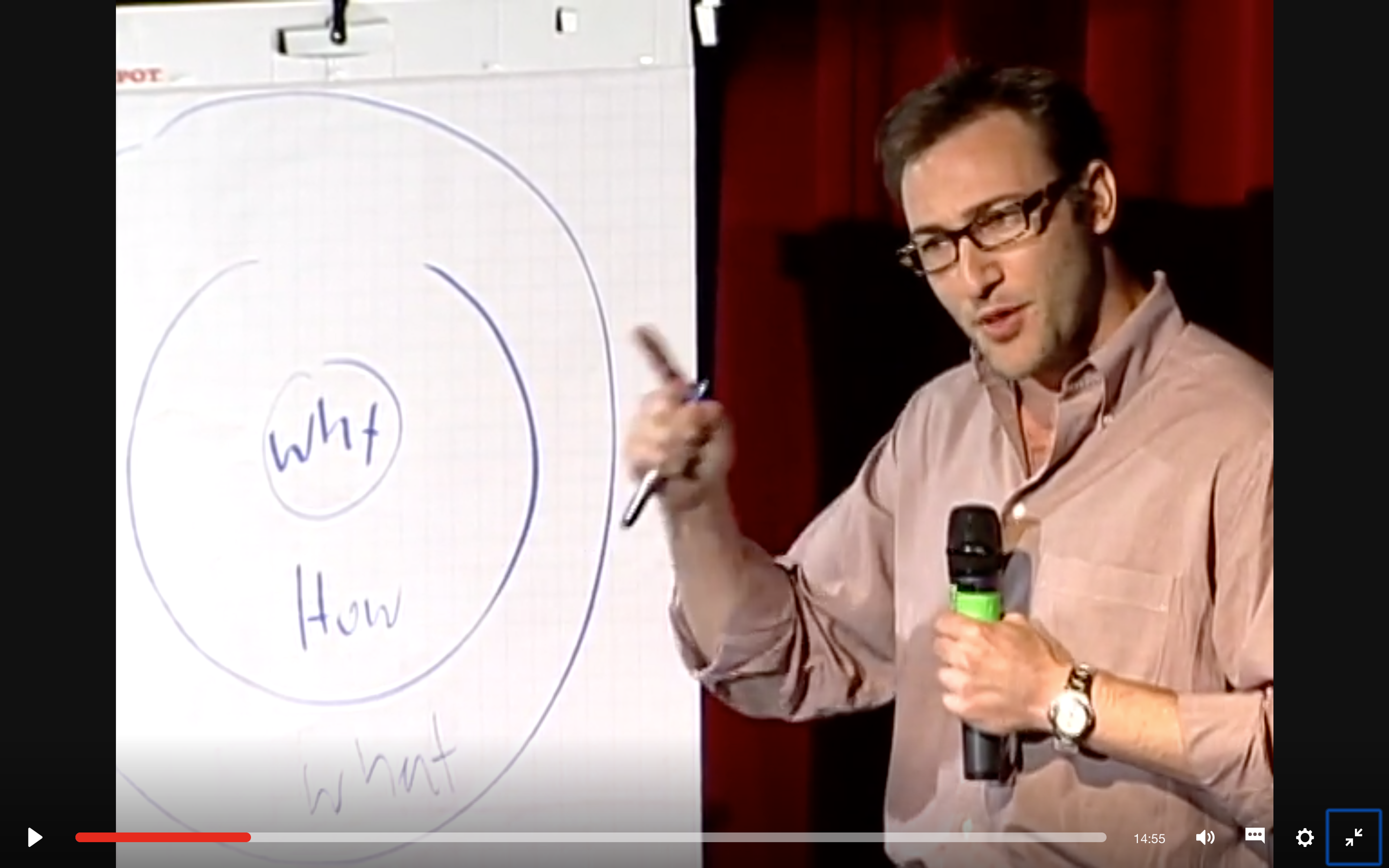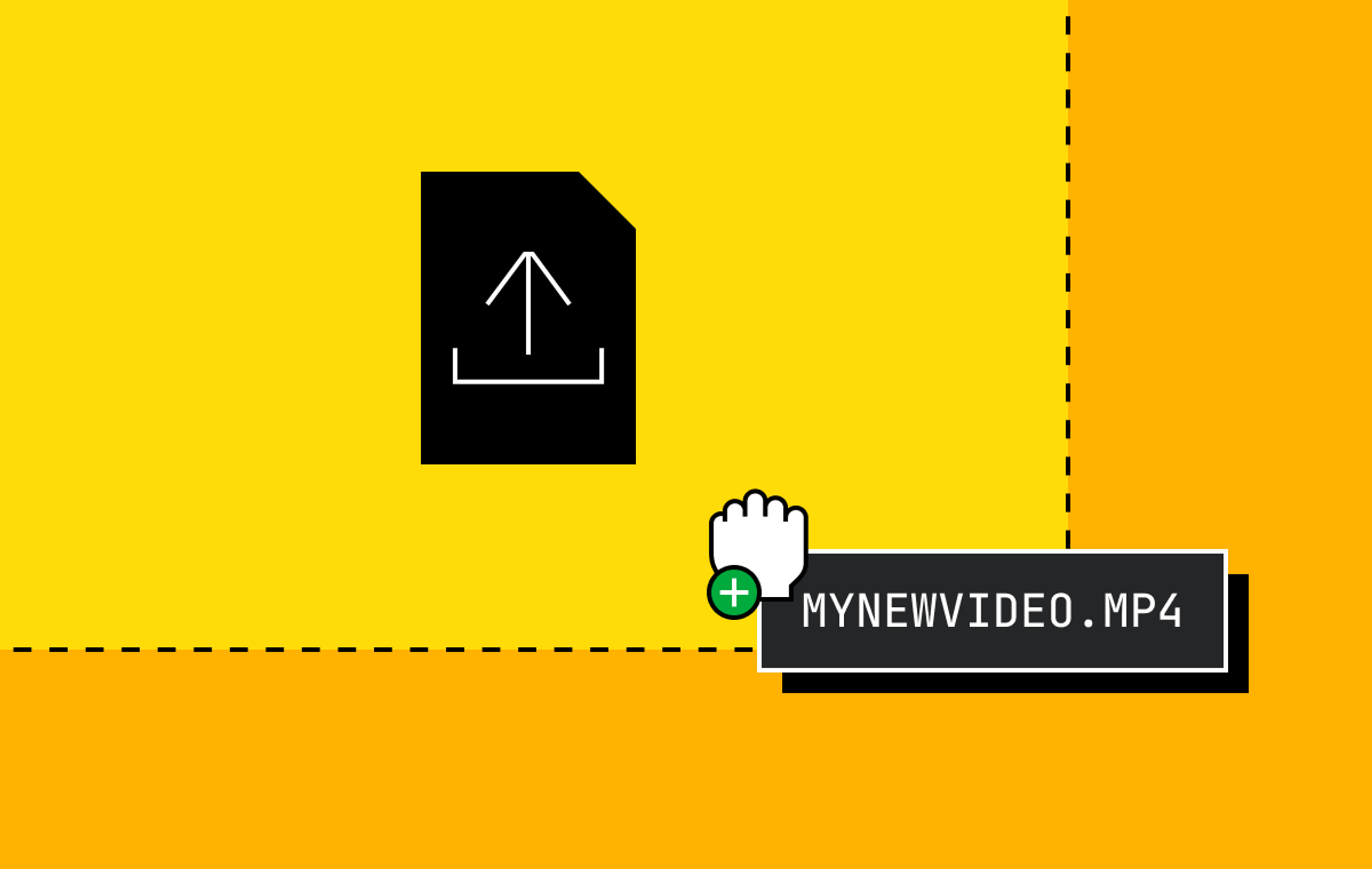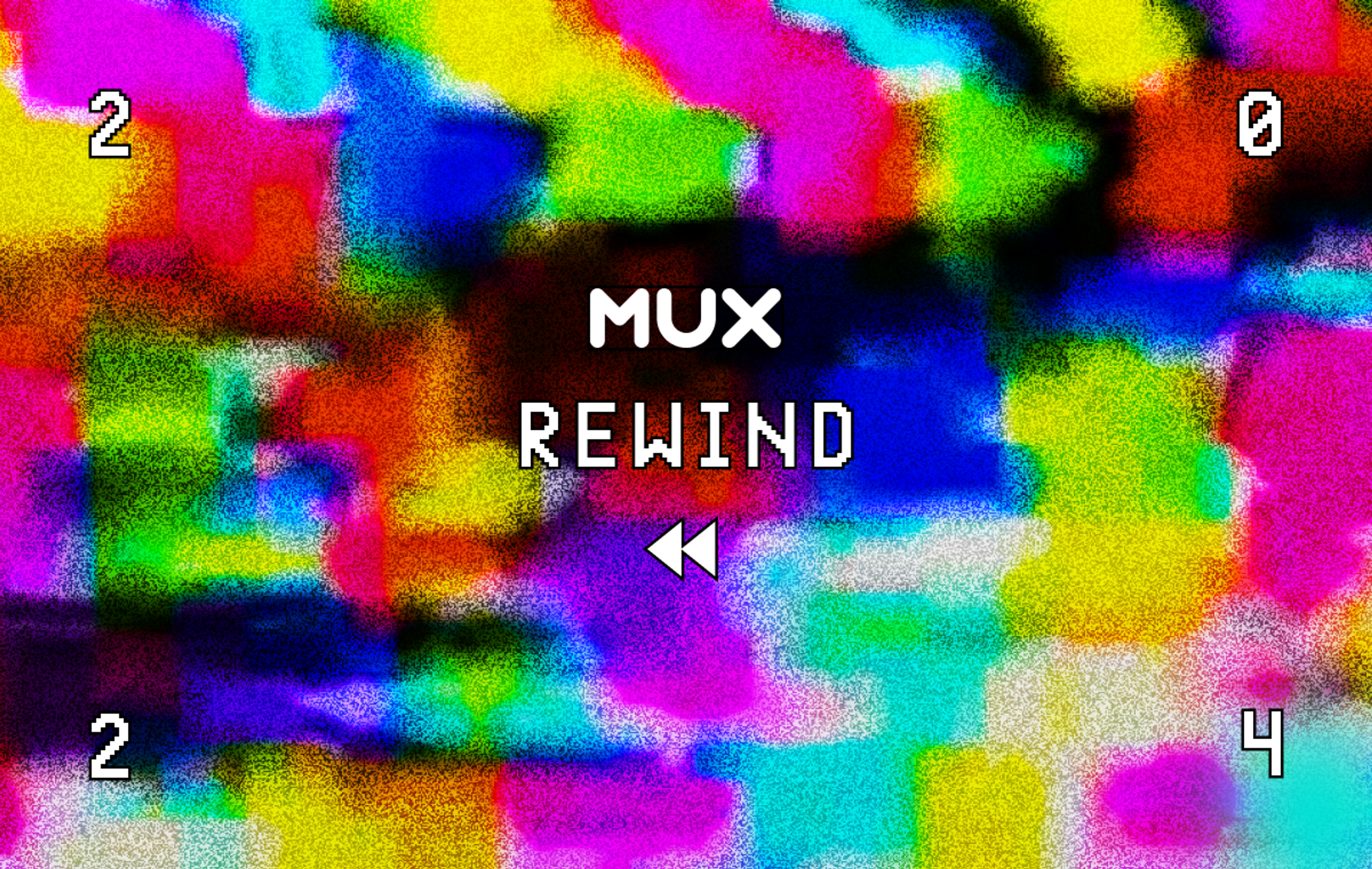Mux announced this morning that we’ve raised $20M in Series B funding from Evolution, Accel, Y Combinator, and others.
On one level, we’re really excited about this. Evolution, Accel, and YC are all great investors; they’re active, helpful, and company-friendly. Most importantly, we like the partners we’re working with.
On another level, fundraising isn’t a goal. It’s just what you do on the way to your goal.
Why we raised a Series B
Our vision at Mux isn’t to raise funding. Our vision is to power internet video. We want to democratize the world’s most powerful medium by building an API to video that solves the hard problems behind video streaming. We raised our Series B because this is a big vision, and getting there requires significant investment.1
For certain business models, fundraising is the right thing to do. This is true for Mux—we’re working on really hard technology. We’ve built two complex products: Super Bowl grade video analytics, and instant video publishing via one simple API call. Each product requires a significant technology investment, and this investment requires capital. (YouTube and Netflix are two of the very few companies who have managed to build good video systems, and how many hundreds of engineers have been working for a decade to build their infrastructure?)
So while raising a large Series B is necessary, what’s really exciting is what you do with the funding.
What we’re going to do with the money
Obviously, the answer is hiring. We’ve added a number of excellent people this year, and we’ll continue to grow.
But what is Mux going to do with these people? Why does Mux exist at all?
Simon Sinek gave a great TEDx talk ten years ago where he introduced a framework that answers the most important question in both strategy and branding: why does an organization exist? Go ahead and watch the talk, or bookmark it for later. It’s 17 minutes long and well worth it.

Sinek’s framework asks three questions. What does your organization do? How do you do it? And why?
The “What” is usually fairly obvious. What does Mux do? We build best-in-class video infrastructure as a service, with two products that solve the two hardest problems that every video publisher shares: how do you encode and deliver video well, and how do you monitor and operate video streaming at scale?
This doesn’t tell you all that much, though. There are hundreds of companies in the world that do some or all of this. You need to dig deeper to really understand a company.
“How” is a more insightful question. How does Mux do what it does? This answer is a little more interesting: we empower developers with great technology and community. This is contrarian (or at least opinionated) in a few ways.
- Developer focus. Mux is built for any developer working with video, not just big media companies. This affects everything from our pricing to documentation to onboarding to the API functionality itself.
- Technology focus. Other companies in the space tend to be sales-driven, and try to push mediocre products through enterprise sales teams. We’re building the best technology in the market, and our customers buy because they want to use our products, not because we bought the CIO a steak dinner.
- Community focus. We want the whole video technology world to grow, and believe we all benefit if that happens. That’s why we contribute to open source, organize the Demuxed conference, and have helped plant video technology meetups on four continents.
Finally, the “Why.” We don’t just want to build technology for the sake of building technology; we want to unlock the world’s most powerful medium.
Video is uniquely powerful; if a picture is worth a thousand words, a video is worth a million. This is because it's the most high-bandwidth medium for communication. Nothing can really replace a good explainer video on YouTube, a video message from a friend, or a live streamed World Cup game. Self-driving cars make heavy use of video because it contains so much useful data that can’t be captured with (just) text, images, or audio. Video shouldn’t replace text by any means, but there is clearly something special about video.
But video is also uniquely difficult. If you want to put images on a website, you just…put images on a website. If you want to put video on a website, you build complex infrastructure. This holds people back; there is significantly less video in software today than there would be if it were easier to work with video. Ten years ago, Twilio made it much simpler to programmatically send text messages, and the amount of telephony in software exploded over the last 10 years. The same thing needs to happen with video.
Video is also centralized and consolidated; a few powerful platforms handle video well, and they dominate internet video. If you’re a mid-sized media company or a small startup, you can’t possibly deliver video as well as YouTube or Netflix.
Why does Mux exist? To democratize video. We want to make it as easy to work with video as it is to work with images, and we want people to be able to do more creative things with this powerful medium. We want more hip-hop mixtapes, conversations between creators and their audiences, AI platforms for computer vision, brilliant people sharing knowledge, and more.
What’s next for Mux
How will we get there? Over the next year, we’re working on:
- More powerful and flexible data exploration in Mux Data, so our customers can build better video experiences: more metrics, more dimensions, more data visualizations, and more ways of finding insights.
- More features in Mux Video: things like audio-only support, simulcasting to social platforms, captions and subtitles, lower latency live streaming, and much more.
- Scale and performance: both products are growing quickly, and it’s critical that we can handle whatever volume our customers throw at us, while maintaining great performance.
- Integrations and developer tools: we want to integrate cleanly with whatever systems, workflows, and platforms our customers are using.
- R&D: we’ve pioneered the use of ML in video encoding and will keep making investments in research where we think it will help us build better software for our customers.
- Expansion: we’ll invest more in support, developer advocacy, sales, marketing, and operations both in the US and around the world.
Finally, as a startup, we’re growing. We’re still small and have a lot of hard work ahead of us, but customers love both of our products, and we expect big things.
What else should we be working on? Drop us a line



